Greens Farm and Residents
Outside Unknown rider outside Greens Farmhouse. The card was used for collecting waste food for boiling into pigswill. Kindly reproduced by permission of Betty Jacobson nee Watts
By 1839 two main farms had emerged around and including parts of Mill Meadows. These were Greens Farm and Hurlocks. Both were owned by businessman John Ward but run by sub-tenants.
Greens Farm was in the centre of the estate situated on the high ground between Gatwick House and Greens Farm Lane, with the farmhouse located in the field we now refer to as Greens.
The farmhouse was the home of the farmer of Greens with his family and workers.
The 1841 census lists John Burrell (30), agricultural labourer living at Greens Farm with his wife Charlotte (30), daughter Charlotte (3 months), Susan Tylor (75) and James Tunstale (60). John and his family were still resident in 1851 but by 1861 had moved to Tylors Farm, assumed to be Hurlocks. Greens Farm had different occupants.
Between 1851 and 1861 the farmhouse was converted into two weather boarded semi-detached cottages.
In 1861, one of the cottages was occupied by James Woodward (31) with his wife Eliza, son Alfred (4) and daughter Henrietta. James’s occupation was farming 42 acres and employing one man. The man was possibly John Perkins (53), agricultural labourer who lived in the adjoining cottage with his wife Maria (53) and daughter Emma (9).
Between 1861 and 1871 the function of the farmhouse changed from being the home of the farmer of Greens to accommodation for servants working for the residents of Gatwick House and their families.
1871 Frederick Sorrel (44), domestic gardener and Samuel Hinsley (35), a coachman were occupying the two cottages together with their families.
In 1881 Samuel Bird (29) and Charles White (52), both gardeners and their families were there.
In 1891 Charles White was still present, this time described as gardener (domestic servant) with Mary Ann Fell (55), a widow with three adult sons (25, 21 and 18) who were all described as domestic servants, two of them gardeners and one groom.
By 1901 Greens Farm had been reinstated as a farm in its own right with John Benjamin Clarke (50), a self employed farmer, in residence with his wife Rose Ann (51) and daughters Edith and Mabel.
By 1912 the two cottages had been converted back to one house with a pebble-dashed finish, comprising of two sections, each with a kitchen, sitting room and two bedrooms and was occupied by J B Clarke.
From the 1934 the farmhouse and surrounding fields was leased by John Henry Ward to Philip and Ada Watts. Water was supplied from a well, lighting was provided by oil lamps and there was an outhouse with a bucket and board underneath.
Ada Watts in the doorway of the boiler house where pigswill was prepared c 1935. Kindly reproduced by permission of Betty Jacobson nee Watts
Philip Watts was a bus driver from Dagenham who decided that life on a farm would be better for his health. The pasture was used for keeping horses for the family haulage business. Some of the horses were hired to Billericay Council to draw the machinery used for spraying tar and spreading stone chippings on roads needing resurfacing. Later, the farm expanded to include cows, cattle, pigs and chickens.
In 1941 during the Second World War the Watts family were instructed to plough up 10 acres of the Meadows to grow oats. After the war these fields reverted to grazing pasture.
In 1961 both farms were sold by John Henry Ward to the Metropolitan Railway Country Estates (MRCE) for development, bringing farming at Greens to a close. However the Watts family continued to lease Greens Farm and remained in the farmhouse until 1970 when the MRCE purchased the lease from them, this agreement bringing farming to a close.
Much of Greens Farm then became encroached by new woodland and scrub and the farmhouse fell into disrepair, with local children using it to play in. Eventually it disappeared altogether although the foundations of the farmhouse are still on Mill Meadows today.
BACK TO TOP >>


